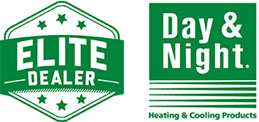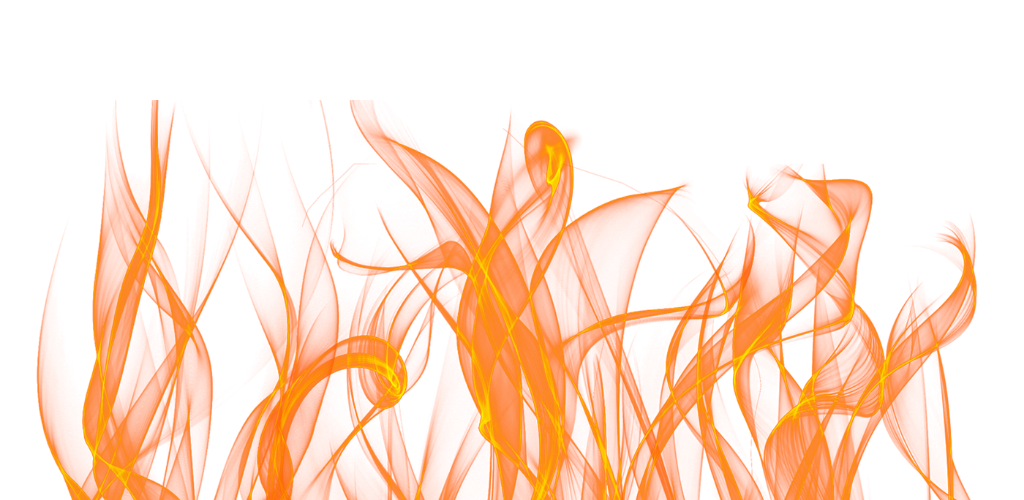The air is getting a little crisper, the pumpkin spice is brewing, and soon, it’ll be time to fire up your furnace for the first time this season. That initial blast of warm air is a comforting sign that winter is on its way. But have you ever considered if that warmth comes with a hidden risk?
For many homeowners, the furnace is an “out of sight, out of mind” appliance. It sits in a closet or the garage, silently doing its job. But a neglected furnace can become a serious fire hazard. According to the National Fire Protection Association, heating equipment is a leading cause of home fires.
Before you turn on your furnace, taking a few minutes to check a few key things can help ensure the safety of your home and family.
Your Pre-Heating Season Safety Checklist
Here’s a quick checklist you can do yourself to get a sense of your furnace’s condition:
Check the Filter: A dirty, clogged filter is the most common cause of furnace failure and can be a fire hazard. A clogged filter makes your furnace work harder, which can cause the heat exchanger to overheat and crack. The fix is simple: check your filter every month and replace it when it looks grey and dusty.
Clear the Area: Your furnace needs to breathe. Make sure there is at least a three-foot clearance around the unit. This means no cardboard boxes, paint cans, cleaning supplies, or anything else stored next to it. Clear away any dust, cobwebs, or debris from the unit itself.
Listen for Strange Noises: When you first turn on your furnace, listen for any unusual sounds. Is it a loud, grinding noise? A rattling sound? These noises can signal a loose component or a worn-out fan motor that needs to be addressed.
Check the Flame: If you have a furnace with a visible flame, take a look at it. The flame should be a steady blue color. A yellow or orange flame, especially if it’s flickering, can be a sign of a serious problem, like a carbon monoxide leak or improper combustion.
Test Your Carbon Monoxide Detector: This is a crucial step. Furnaces can leak carbon monoxide, an invisible, odorless, and deadly gas. Make sure your carbon monoxide detector is working properly by testing it according to the manufacturer’s instructions. If you don’t have one, install one now.
When to Call a Professional
While this checklist is a great start, it’s not a substitute for a comprehensive professional safety inspection. Your furnace is a complex appliance with high-voltage electricity and combustible gas. It’s not worth risking your safety for a DIY approach.A professional technician can perform a full safety tune-up and address issues you can’t see, such as:
- Cracked heat exchangers
- Frayed wiring
- Gas line leaks
- Exhaust flue blockages
- Worn-out fan belts and motor bearings
These are all potential fire and carbon monoxide hazards that require the trained eye of a professional. A professional inspection ensures your furnace is not only running efficiently but, more importantly, running safely.Don’t wait for a breakdown to give your furnace the attention it needs. A proactive safety check is the best way to protect your home and your family this winter.





